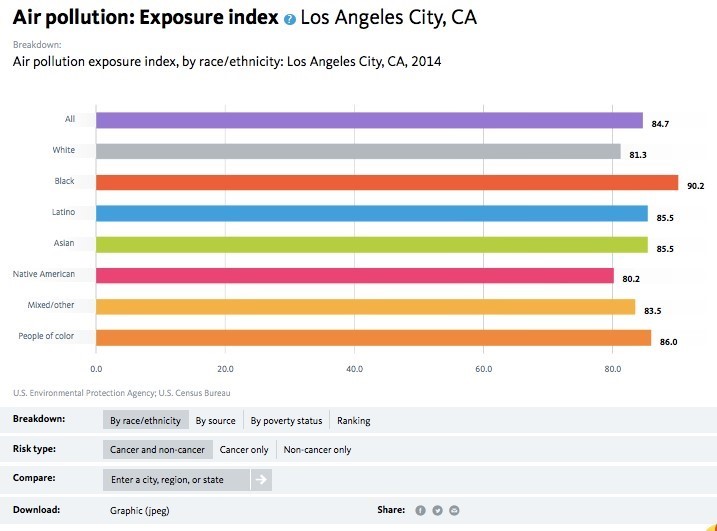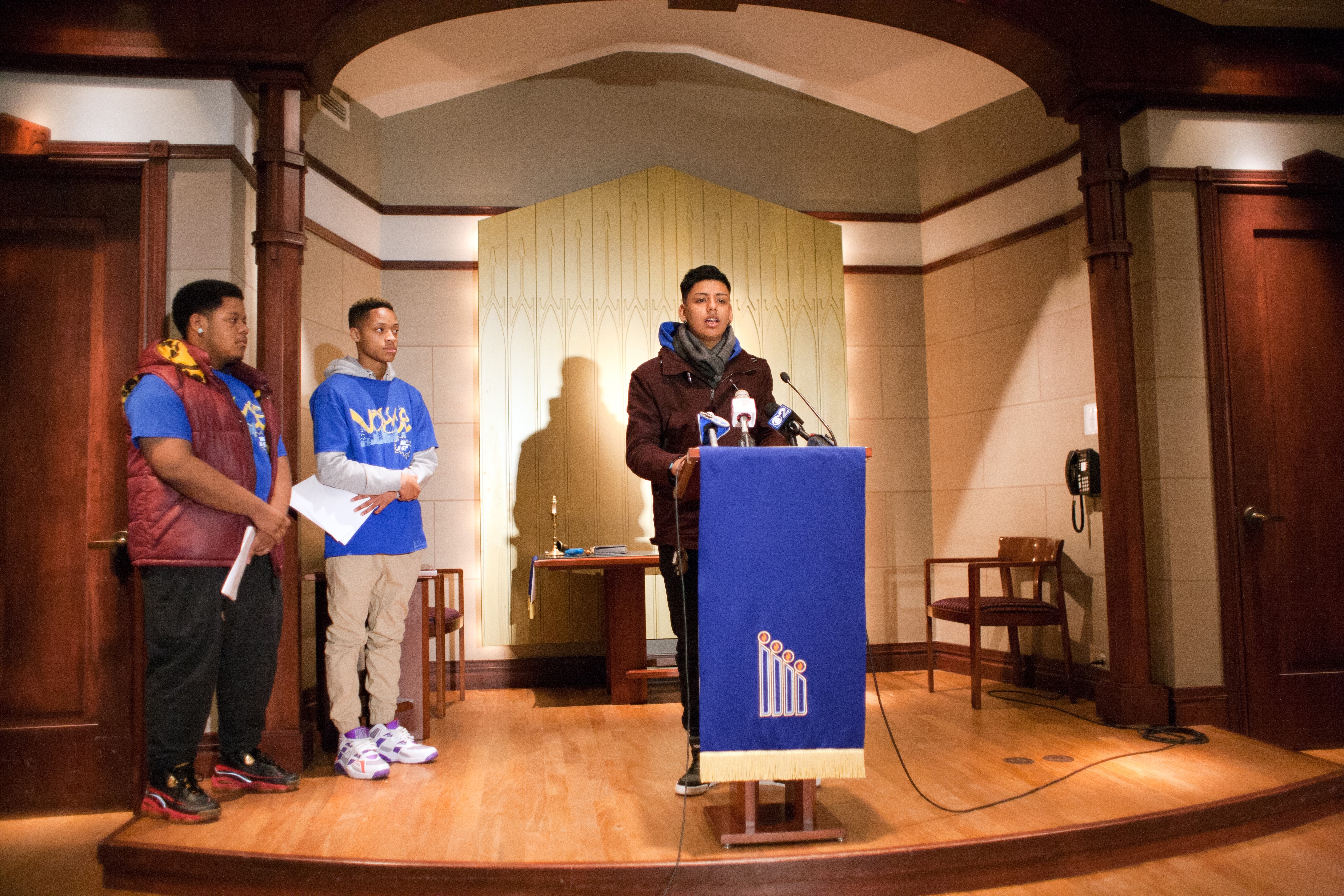The ongoing protests against police brutality have shone a spotlight on the fraught relationship between law enforcement and the communities they serve. While the recent deaths of Black men and women at the hands of police have served to galvanize these protests, they are only the most visible instances of a litany of abuses that affect many poor communities of color on a daily basis.
“The tragic killings make headlines, but the daily harassment of people of color is the thing that boils people's blood every day…the roughing people up, the cursing at them, throwing them up against a wall, illegally arresting and ticketing them,” said Udi Ofer, the Executive Director of the American Civil Liberties Union (ACLU) of New Jersey.
The fact that many of these communities have little to no effective recourse in the face of police misconduct makes these issues all the more intractable.
“The most common thing you hear is that it’s very hard for people to find redress for those abuses because the justice system isn’t set up to address them — in many ways, it’s like the fox guarding the hen house,” said Ofer.
In Ferguson, a Justice Department investigation revealed that the police not only failed to respond to complaints against police officers, they discouraged personnel from even taking those complaints and support a culture of retaliation in which those attempting to seek recourse for police misconduct were then targeted for abuse. In Newark, a 2011 investigation by the ACLU of New Jersey found that of the 261 internal affairs complaints filed against police officers over a period of two and half years, only one had been sustained (a 2014 Federal report on Newark’s police department corroborated the rampant misconduct documented in the ACLU investigation, including the fact that 75 percent of those stopped by police — disproportionately Black Newarkers — were innocent of any crime).
In Newark, the need for community oversight of police became a galvanizing issue for local advocates, spurring an unprecedented coalition of labor, LGBT, immigrant, and civil rights groups called the Newark Communities for Accountable Policing (N-CAP).
“Uniting all these groups in Newark was a game changing moment,” said Ofer, who sits on the steering committee for N-CAP. When former Newark Mayor Cory Booker left for Senate, N-CAP hosted rallies, released a report on stop and frisk data, and organized meetings to ensure that community oversight of policing would have to be part of the discussion for the next mayor.
Their advocacy paid off last Thursday when Mayor Ras Baraka signed an executive order establishing one of the most progressive civilian police review boards in the nation.
“Previously, we didn’t prefer using CCRBs, because they usually had no power,” Ofer said, speaking at a convening on police reform last Thursday co-hosted by PolicyLink and the Center for Popular Democracy. “But after looking at other CCRBs out there, we decided we wanted to make a national model for what a CCRB should be. We came up with seven principles of what would make a perfect CCRB — this executive order includes six out of the seven.”
This Civilian Complaint Review Board (CCRB) will have independent authority to investigate police misconduct, subpoena data and testimony from the department, audit the department’s policies and practices, and determine disciplinary decisions that, barring a “clear error” in the board’s investigation, will have to be carried out by the police director. The police department will also have to report racial and demographic information to the board regarding police activities, including stop and frisk.
The board will also have diverse representation from the community, with seven out of its 11 members recommended to the board by local community-based organizations, including the ACLU of New Jersey, People’s Organization for Progress, Ironbound Community Corporation, NAACP New Jersey, Newark Anti-Violence Coalition, La Casa de Don Pedro, and a representative of the clergy.
The main measure not included in the order was making the CCRB budget a fixed percentage of the police department budget. The CCRB was given $500,000 for start-up costs, but according to Ofer, they will need at least double that to build an effective board, and N-CAP will continue to advocate for adequate and sustained funding. N-CAP will also work to codify the executive order, ensuring its survival past the mayor’s term by making it a municipal ordinance.
The CCRB is a part of N-CAP’s larger goals for police reform in Newark, including regular meetings between community members and local police leadership, incentivizing community policing practices (for more information on community policing see the following PolicyLink report), and reducing the use of consent searches, racial profiling, and de facto quota systems for the number of stops and citations.
“Giving the community a voice in how they are policed is one of the most important checks on policing — it combats the disconnect that’s often seen between the big picture decision being made [by police leadership] and the impact of those decisions on the street,” Ofer said. “It’s not a perfect solution, but it is an important part of the solution.”

